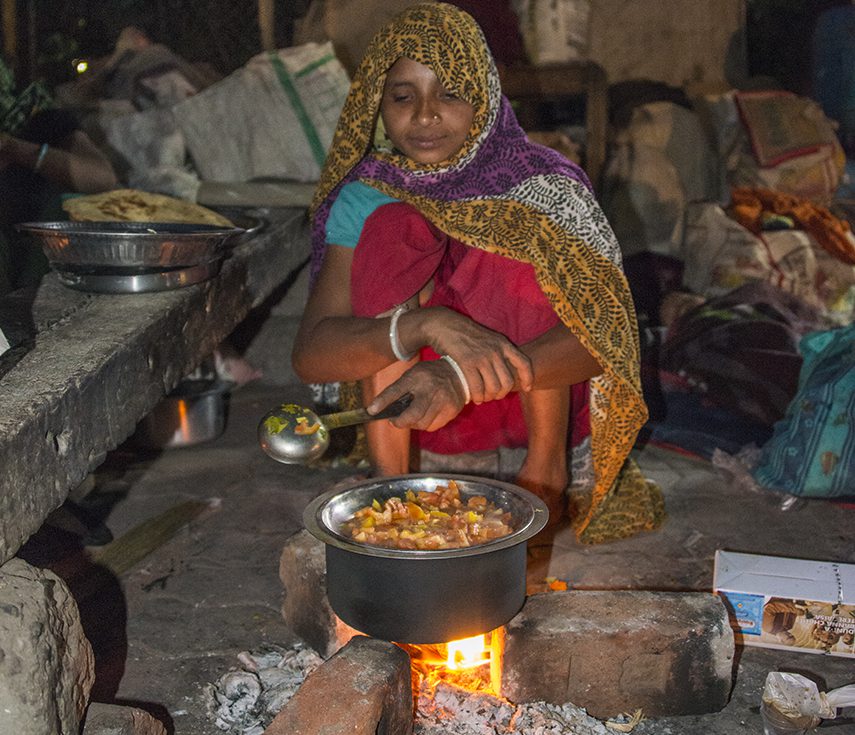Posted by Clare Murphy-McGreevey, Aajeevika Bureau
This International Women’s Day, Aajeevika Bureau, an organization that supports migrant and labouring women across Rajasthan and Gujarat, reflects on women’s labour. In India’s vast informal sector, women often work in the most low-grade jobs, in inhumane working conditions and are consistently paid less than men.
In this photo essay, we examine the various types of work women do in key sectors such as construction and agriculture, at home, etc. These photos are taken during Aajeevika Bureau’s fieldwork and were taken by a range of professional photographers and by Aajeevika Bureau staff. They are paired with insights from our ongoing studies, as well as publicly available research. We join the International Women’s Day’s global call to action and demand women’s right to decent work and pay.
Providers of our food

Figure 1: Women working in fields for a daily wage in Sabarkantha district of north Gujarat
The agriculture sector is the largest employer of women in the country. Around two-thirds of all working women are in agriculture – a third of these are cultivators and the rest are agricultural wage labourers. Cultivators work on family farms but often do not have control over the income derived from farming.
81% of agriculture workers belong to the SC/ST community. Much of women’s work in agriculture is on one’s own farm. Though wage work in agriculture is also one of the main sources of employment for women, they continue to get paid half as much as men.
Despite their central role in tilling the land, in most of rural India, legal ownership passes from father to son. Women continue to face tremendous challenges in gaining legal and effective ownership over their lands. This is a missed opportunity: if women had the same access to productive resources as men, farm yields would increase by 20-30%.
Makers of our clothing: an invisible workforce in small manufacturing

Figure 2: Women living and working in boiler factories in Narol industrial area of Ahmedabad
The manufacturing sector is the second largest employer of women. One in every ten working women is employed in manufacturing. Women tend to work in unorganised and labour-intensive small manufacturing, such as tobacco and textiles. Women’s work in factories is invisible, marginal and often highly risky.
For instance, many women are employed in textile factories as ‘boiler women’, keeping the factory running. Women work for 12 hours non-stop, taking day or night shifts. Employers forbid the ‘boiler women’ to speak to anyone because they must continually carry the heavy coal to fill the boiler. While these women are literally fuelling the furnaces of India’s growth, they are ‘off the grid’ of their own employers and the state.
Builders of our homes, offices and cities

Figure 3: Women at a construction site in Surat.
The construction industry is a major source of employment. In India, the construction sector, employing over 5 million women, is the third largest employer of women. Women tend to perform the most unskilled, yet back-breaking construction jobs. They carry bricks, cement, sand and water; they dig earth, mix cement and break stones.
They are almost absent in male-dominated skilled trades such as carpentry, plumbing, masonry and electric wiring. There are no toilets, drinking water or cooking facilities at most construction sites. Women do not have access to toilets all day, neither do they risk relieving themselves in the open and face the possibility of abuse from male co-workers. Women say they feel the most unsafe at the construction site.
Caretakers of our homes
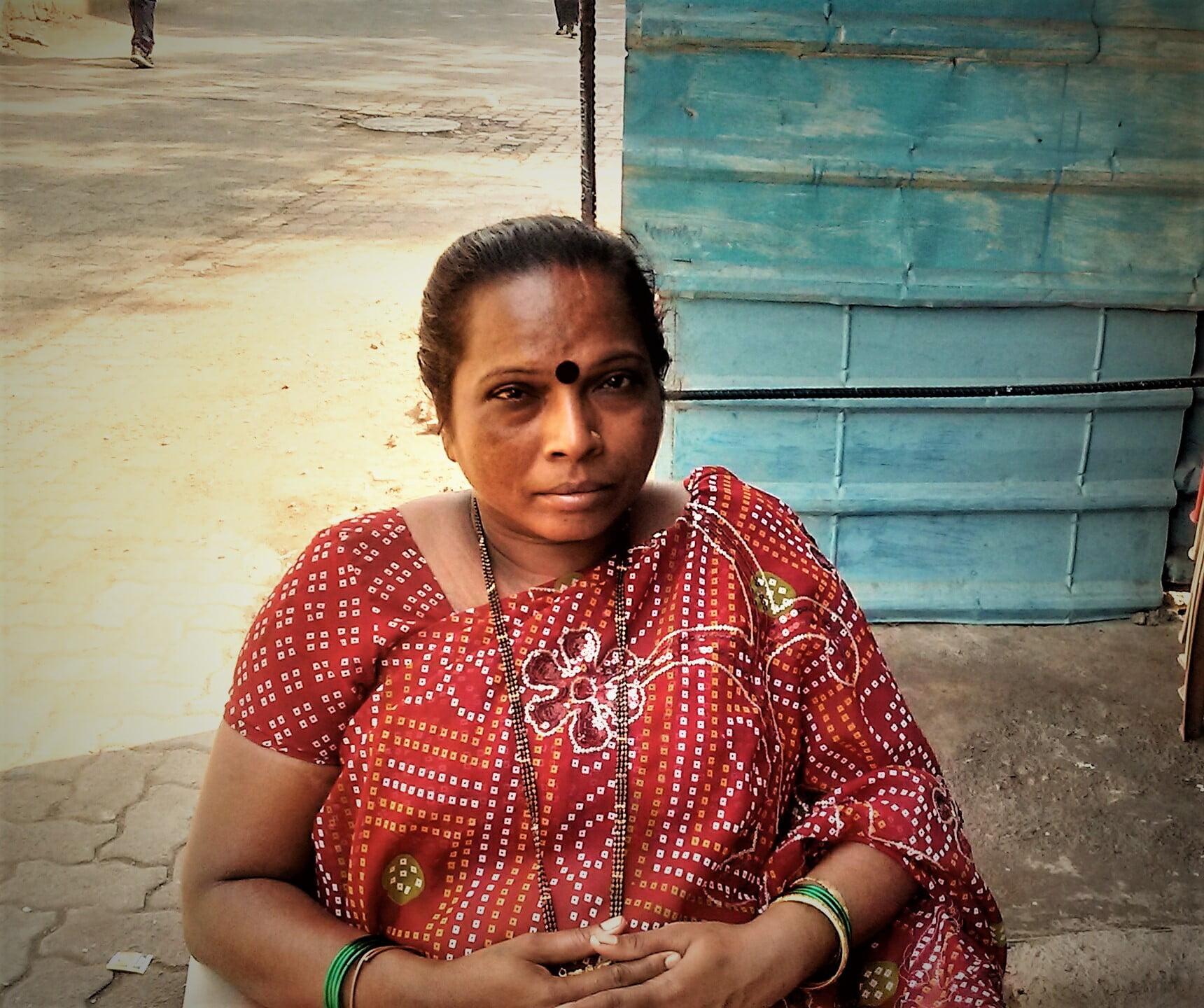
Figure 4: A domestic worker
There are estimated 4 million women domestic workers in India. Women constitute approximately 90% of the domestic work sector. An International Labour Organization (ILO) report revealed that in India, domestic workers receive around a third of the average wage of other workers. They are an omnipresent but invisible group, concealed inside homes and are often vulnerable to forms of forced labour.
Some employers will not allow their female domestic workers to leave the house and subject them to verbal and physical abuse. Despite a new national policy to ensure domestic workers get minimum wages and equal remuneration, women continue to struggle to demand their basic right to decent, dignified work. There were 3,564 cases of violence against domestic workers reported to the police in 2012-13, but this is likely to be a vast underestimation of the reality.
Multiple, marginal livelihoods of single women
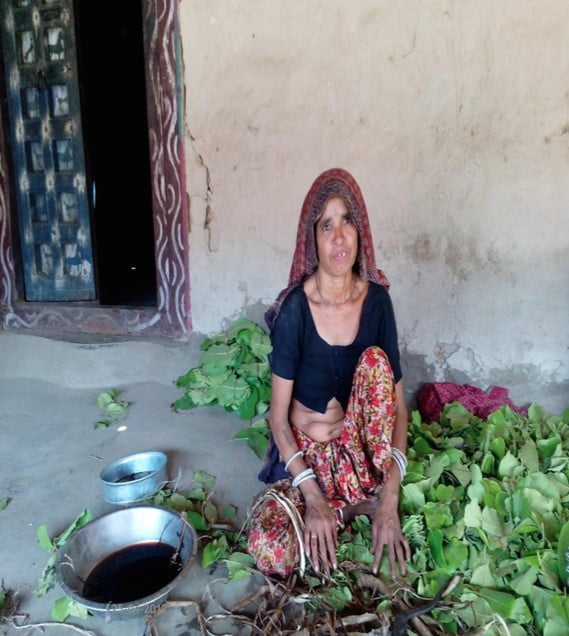
A widowed women collecting tendu patta at home in Dungarpur district of Rajasthan
Over 1 in 10 adult women are single women – widowed, divorced, separated or unmarried. In rural areas, women often sustain themselves through a combination of multiple forms of livelihoods, like making coal out of firewood or collecting tendu patta (for bidis) and selling them for small earnings. For these women, the Mahatma Gandhi National Rural Employment Guarantee Act (MNREGA) work is often a vital lifeline of stable earnings for single women. The scheme’s importance to rural households is doubly true for female-headed households.
Producers of mica, iron and bauxite

Figure 6: Women working in mines in Rajsamand district of Rajasthan
These are women working in quarries and open mines. They are most likely to be in debt bondage, a form of forced labour, whereby they work to pay off a debt owed to an employer or contractor. Women suffer from occupational health problems at mines, such as lung-related diseases such tuberculosis and silicosis.
Brick kiln workers
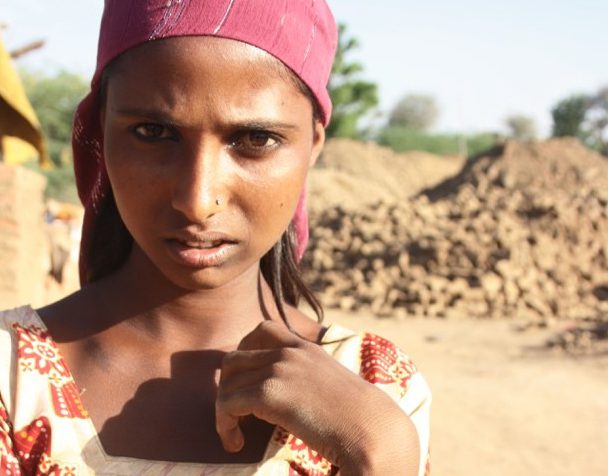
Figure 7: An adolescent girl working in a brick kiln in Rajasthan
Brick kilns in India employ more than 23 million workers and in some brick kilns, around half the workers are women. Their families are often trapped in a cycle of debt bondage. They face the ‘double burden’ of paid and unpaid work, working over 15-hour days and completing all the cooking, cleaning and domestic chores for their families.
Managing our waste
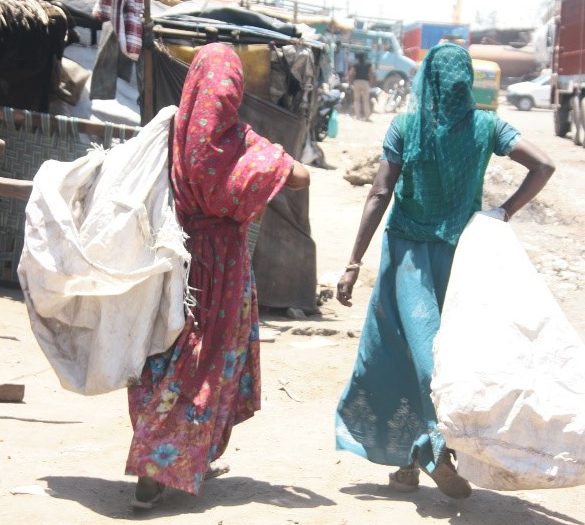
Figure 8: Waste collectors in Ahmedabad
Women workers are disproportionately represented both in waste picking as well as in waste recycling and reprocessing. India’s recycling is almost 100 percent informal and female: women workers are off the books and payroll, so there are no requirements to provide basic health and safety measures, such as gloves or masks, to protect their health.
Waste work is highly gendered. When it comes to waste processing, male workers are employed to perform tasks such as unpacking waste bags and women workers perform the difficult task of sorting the garbage. They are confined to extremely cramped and inhumane rooms, with only 100 sq. ft. available as a working space. For this, they receive payment as low as Rs. 6,000 per month.
Home-based work
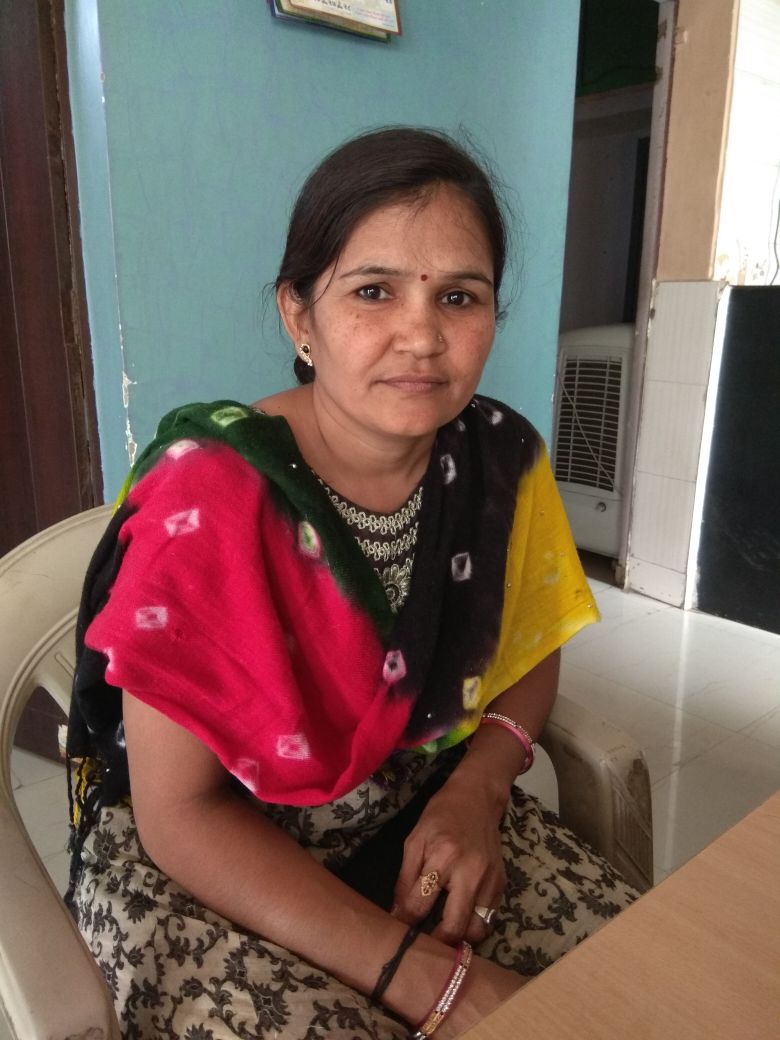
Figure 9: An Ahmedabad woman who provides tailoring services to local customers from her home.
A large source of employment for women is home based work, accounting for as many as 38 million women, of which 45 percent are in the textiles and garments sector. They may either receive contracts for their work, for instance, weaving garments or may produce independently for sale in the open market.
In the first case, women face extreme exploitation, earning only 2-5 percent of the selling price of the product as piece rate which translates to as low as Rs. 27 on an average as daily wage. They also face long and demanding work hours, vulnerability to losses due to cancelled orders and susceptibility to abuse and harrassment from their contractors.
In the second case, they operate as very small scale, survivalist and marginalised enterprises, facing lack of capital, financial assistance, marketing and the ability to negotiate and bargain deals. As they work from home, their work is largely invisible, conflated with housework and discounted from the official estimates of the workforce.
Child care work
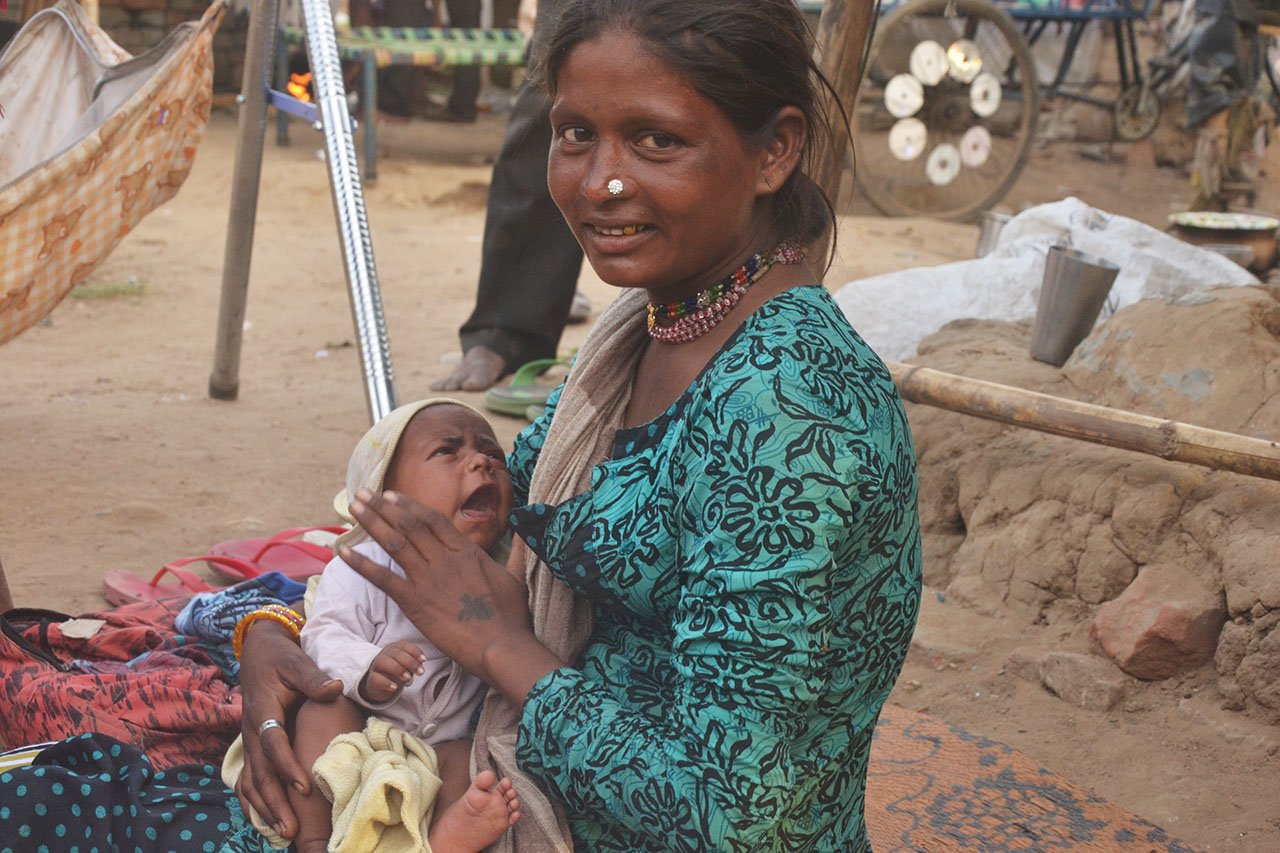
Figure 11: Woman and child in Ahmedabad, Gujarat.
Women across India perform a range of unpaid work, often getting up far earlier than men and working late into the night. 51 percent of a woman’s work in India remains unpaid. 2/3rds of women do not have access to water in their homes, which means that their productive hours are spent in accessing basic services and therefore pushing them out of the labour force.
As men move into productive, paid work – unpaid and devalued work is becoming the exclusive domain of women. The functions of caregiving, everyday management of the household and engaging in irregular and underpaid forms of labour characterise women’s work. In the absence of men who migrate to cities for work, women carry the burden of managing both the household and the agricultural land at home.
Over half of women’s labour remains unpaid – and unaccounted for in national statistics. Discussions around women’s poor labourforce participation rates have assumed centre stage in India. But we must also ask ourselves: what are the conditions that the labour market provides for women entering the workforce today? If India is to realise its ambition of becoming a world power, it must succeed in creating high-quality, decent jobs for Indian women, across all of its diverse industries and sectors.
Also Read: ‘Leave No One Behind’ Must Include The Unseen Women Of India’s Vast Informal Sector
Clare Murphy-McGreevey is a Communications, Policy and Research Fellow at Aajeevika Bureau. A leading NGO that works with female migrants across Rajasthan, Gujarat and Maharashtra. They can be followed on their website.
